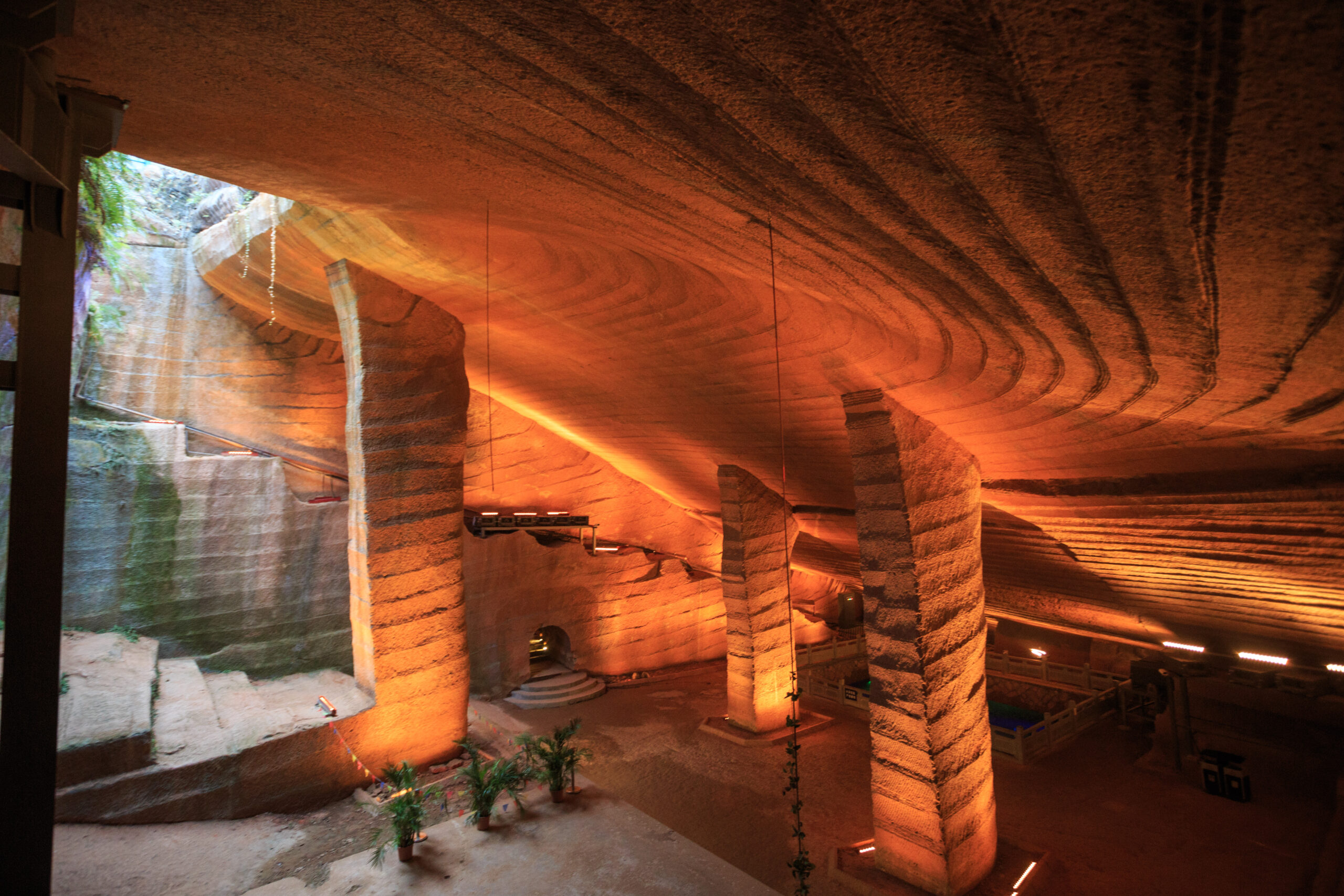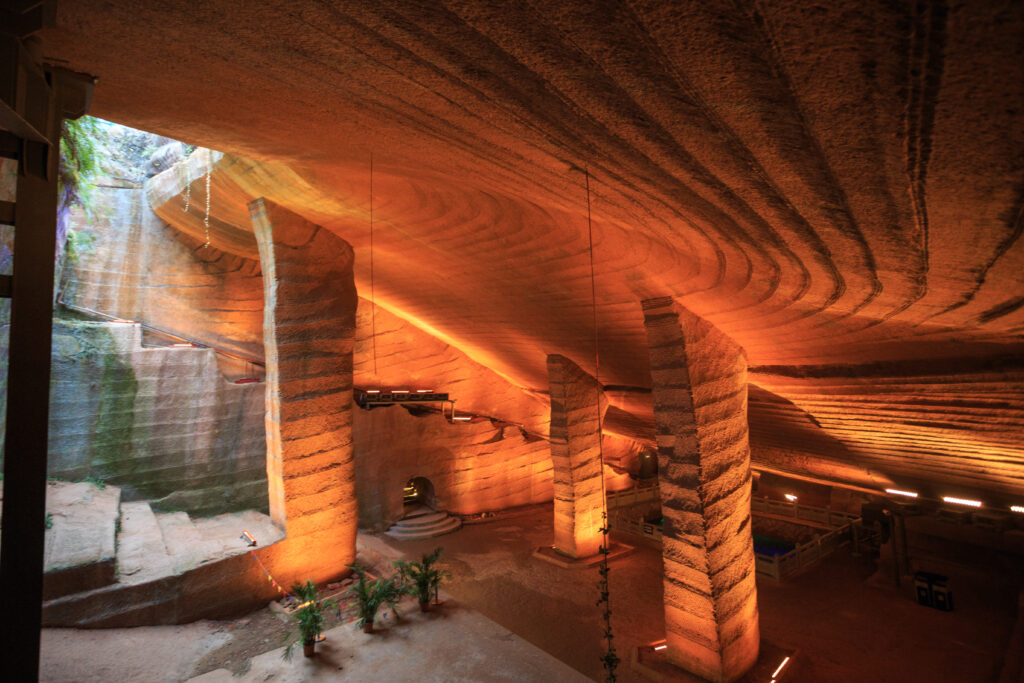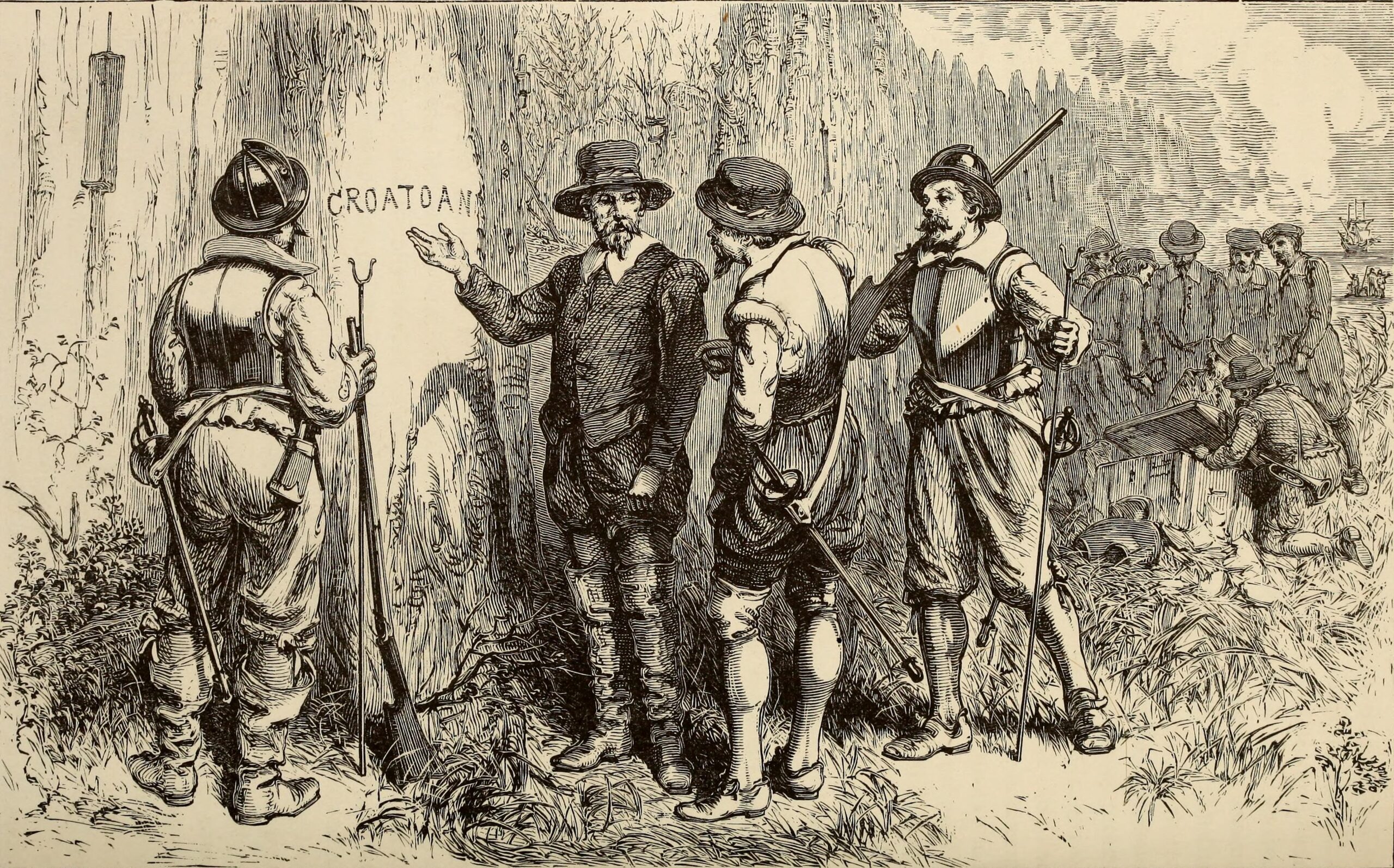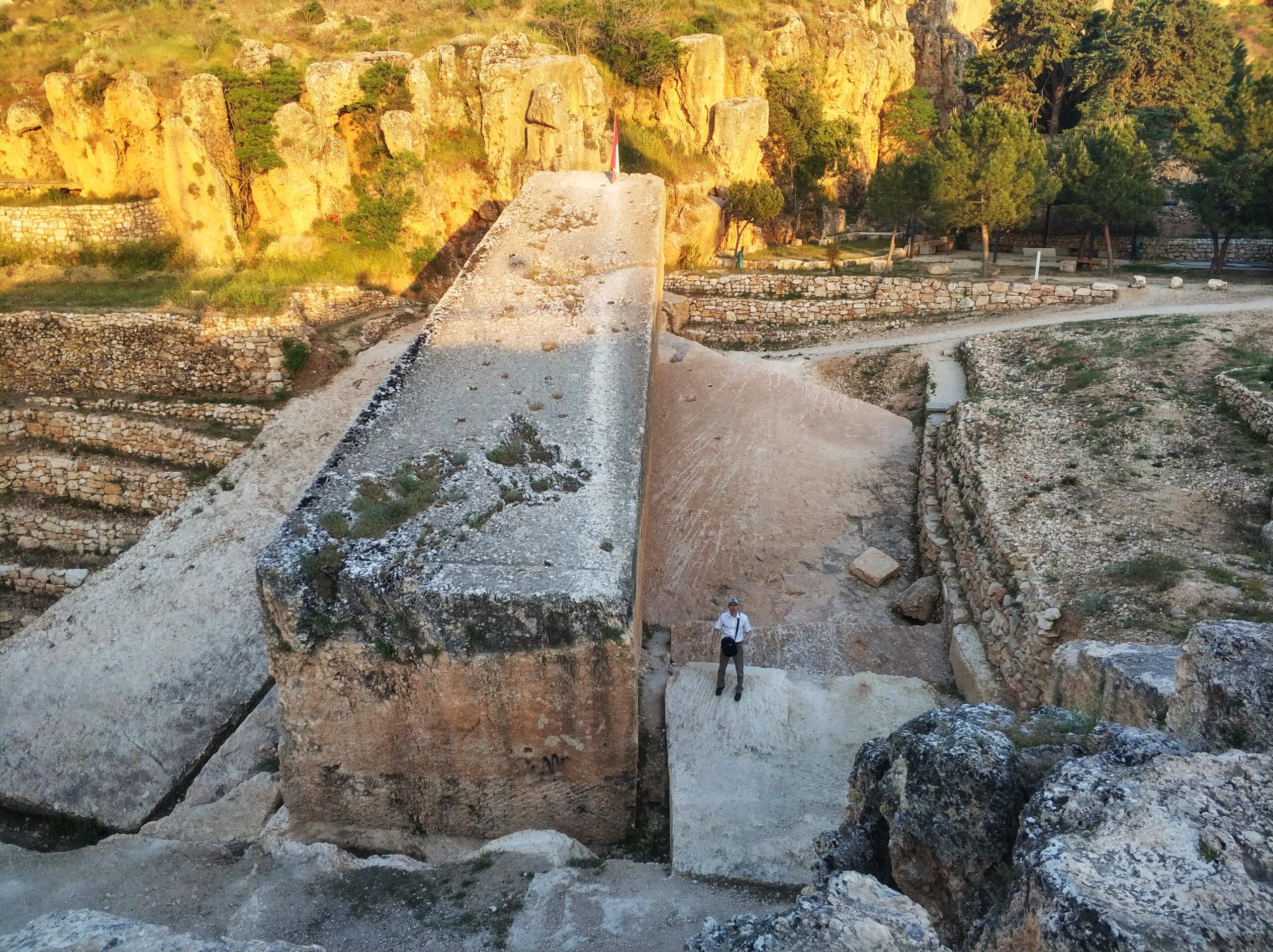
Beneath Zhejiang Province in eastern China, the Longyou Caves rank among the most impressive feats of ancient engineering, revealing a scale and precision unmatched for their era. Discovered in 1992 near Shiyan Beicun village, these 24 man-made caverns, carved into siltstone by 200 BC, span over 300,000 square feet, with chambers reaching 100 feet high. Featuring uniform chisel marks, pillars, and reliefs, they suggest a monumental effort by an unknown group. Yet their purpose, creators, and construction methods remain elusive, marking the Longyou Caves as a persistent puzzle in archaeological study after more than 2,200 years.
Discovery Beneath Zhejiang’s Fields
The Longyou Caves surfaced on June 9, 1992, when farmer Wu Anai pumped water from a village pond, known locally as “Bottomless Pond,” revealing a vast chamber below. Within weeks, locals drained four more ponds, uncovering five caverns; subsequent surveys by Yang Hongxun and others mapped 24 by 1994, with possibly more still hidden. Located 120 miles southwest of Shanghai, these caves sit near the Qujiang River, carved into Middle Cambrian siltstone, a soft, workable rock, dated to ~200 BC via nearby pottery and tools.

Their discovery stunned researchers; no Chinese records mention such structures, despite the region’s history under the Warring States and Qin dynasty. That absence of documentation, unlike the detailed annals of Han-era projects, raises immediate questions about who built them and why, as the Longyou Caves emerged from obscurity to challenge historical understanding.
Builders Lost to Time
The Longyou Caves emerged during China’s late Warring States period (475-221 BC) or early Qin dynasty (221-206 BC), a time of conflict and unification. The area, then part of the Yue state, saw bronze forging, rice farming, and trade along the Qujiang, yet no group claimed these caverns. Qin records detail roads and canals, but nothing matches this scale; Han texts later catalog tombs, not caves. Thus, their makers remain unknown, possibly a local faction or workforce erased by war or time.
This society wielded iron chisels and stone hammers, tools suited to siltstone’s softness. The Longyou Caves’ uniformity, consistent chisel marks, and aligned pillars suggest skilled labor, perhaps hundreds strong, over decades. Yet their silence in history, unlike the Great Wall, hints at a purpose or creator lost to subsequent upheavals, leaving only stone as evidence.
Scale and Precision of Design

The Longyou Caves span over 300,000 square feet across 24 chambers, with ceilings soaring to 100 feet and floors dropping 3 feet deep in places, totaling ~1 million cubic feet of excavated rock. Each cave features parallel chisel marks, 1 inch apart, angled at 45 degrees, suggesting a systematic approach. Seven caves at Shiyan Beicun connect via tunnels; five align with Ursa Major’s stars, hinting at intent. Pillars, 10 to 20 feet thick, support roofs, while reliefs of horses, birds, and fish adorn walls in three caves.
That precision stands out; walls align within 2 degrees, floors level across vast spans, yet no blueprints survive. Was it a quarry, refuge, or temple? The volume exceeds practical needs; siltstone suits carving, not mining. This scale and detail mark the Longyou Caves as an engineering outlier, unmatched in pre-Han China.
Methods of Ancient Construction
Carving the Longyou Caves required techniques beyond basic tools. Workers used iron chisels and hammers to chip siltstone, a rock soft enough for handwork but firm for stability, excavating ~1 million cubic feet over decades. Estimates suggest 1,000 laborers worked 3 years, removing 36,000 tons yearly, hauled via ramps or pulleys to the surface. Pillars were left standing every 20 feet, braced diagonally for strength; reliefs took finer tools, possibly bronze.
That effort left no debris, unlike quarries, suggesting disposal in rivers or fields. Watermarks 100 feet up hint at submersion, yet no flood explains it; caves stayed dry post-excavation. Thus, the Longyou Caves reflect a lost method, massive yet meticulous, buried by time’s silence.
Unearthed in Modern China

The Longyou Caves lay hidden until 1992; ponds masked them for centuries, used for fishing or washing until Wu’s pump broke the seal. By 1994, 24 caves surfaced; seven opened to tourists in 1997, drawing 100,000 yearly near Phoenix Hill. Surveys mapped 30,000 square meters, yet locals suspect more since 35 ponds hint at untested caves. Carbon dating of siltstone tools pegs ~200 BC, aligning with Qin unification.
That rediscovery shifted views; China’s records lack such works, prompting study since geologists test siltstone and historians scour Han texts. Preservation lags; flooding and tourism wear reliefs, but no digs expand the count. This late find underscores a gap in ancient knowledge.
A Wider Ancient Context
The Longyou Caves align with global feats; Egypt’s Saqqara tombs (2630 BC) share scale, and India’s Ellora caves (600 AD) echo reliefs, yet siltstone sets them apart. China’s Qin terracotta army (210 BC) matches labor, but its purpose is clear; the caves’ isn’t. Trade with Yue neighbors brought iron, yet no Silk Road link explains their scope. Were they local or state-driven?
Beyond China, they draw focus; scans in 2023 trace chisel marks, and tourists climb Phoenix Hill. Their size suggests a shift, engineering before records, yet their isolation from other ancient works keeps them unique, a marker without a script.
Questions in Siltstone Walls
No Qin or Han texts name the Longyou Caves’ purpose; was it storage, ritual, or refuge? Pillars and reliefs suggest intent since Ursa Major’s layout hints at astronomy, but no tools or clues confirm. Did war bury them by 200 BC? Siltstone erodes; unopened caves may hold more. That silence, 206 BC Qin fall left no trace, fuels debate over a project too vast for its time.
Now near Shiyan Beicun, the Longyou Caves stand as China’s ancient enigma after 2,200 years. This siltstone marvel persists, too precise to dismiss, linking us to a past too deep to fully resolve.







